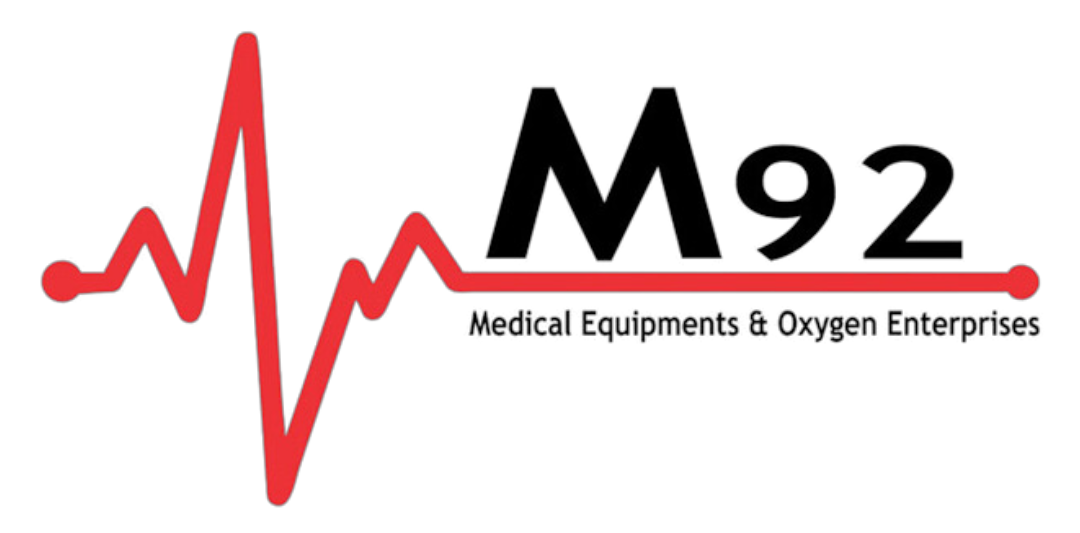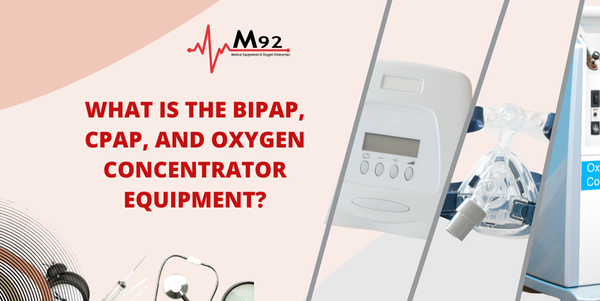BiPAP (Bilevel Positive Airway Pressure)
A type of non-invasive ventilation therapy that helps you breathe (Cleveland Clinic). Delivers two levels of air pressure, one for inhalation and one for exhalation (Sleep Foundation). Pushes pressurized air into your lungs, opening them and helping you get the oxygen you need (WebMD). Often used to treat COPD, obstructive sleep apnea, or asthma flare-ups (Saint Luke’s).
CPAP (Continuous Positive Airway Pressure)
A machine that uses mild air pressure to keep breathing airways open while you sleep (NHLBI). Delivers a constant flow of pressurized air into your nose and mouth as you sleep, keeping your airways open (Healthline). The “gold standard” of sleep apnea treatment, regulating breathing during sleep (Yale Medicine). Provides air at a pressure just high enough to prevent the collapse of your airway (Mayo Clinic).
Oxygen Concentrator
A medical device that separates nitrogen from the air around you so you can breathe up to 95% pure oxygen (Cleveland Clinic). Uses the air in the atmosphere, filters it, and gives you air that is 90%-95% oxygen (WebMD). Takes air from your surroundings, extracts oxygen and filters it into purified oxygen for you to breathe (Lung.org). Often used as stationary sources to provide long-term oxygen therapy to patients at home (ScienceDirect).
Tips for Buying Respiratory Care Equipment
Consult with a healthcare professional to determine the best type of equipment for your specific needs.
Research reputable online retailers for buying medical equipment online.
Read reviews from other users to get a sense of the equipment’s effectiveness and any potential issues.
Consider factors like cost, maintenance requirements, and portability when selecting equipment.
Look for a medical equipment shop near you for in-person support and guidance.
By understanding your options and doing your research, you can find the respiratory care equipment that best fits your needs and improves your quality of life.

